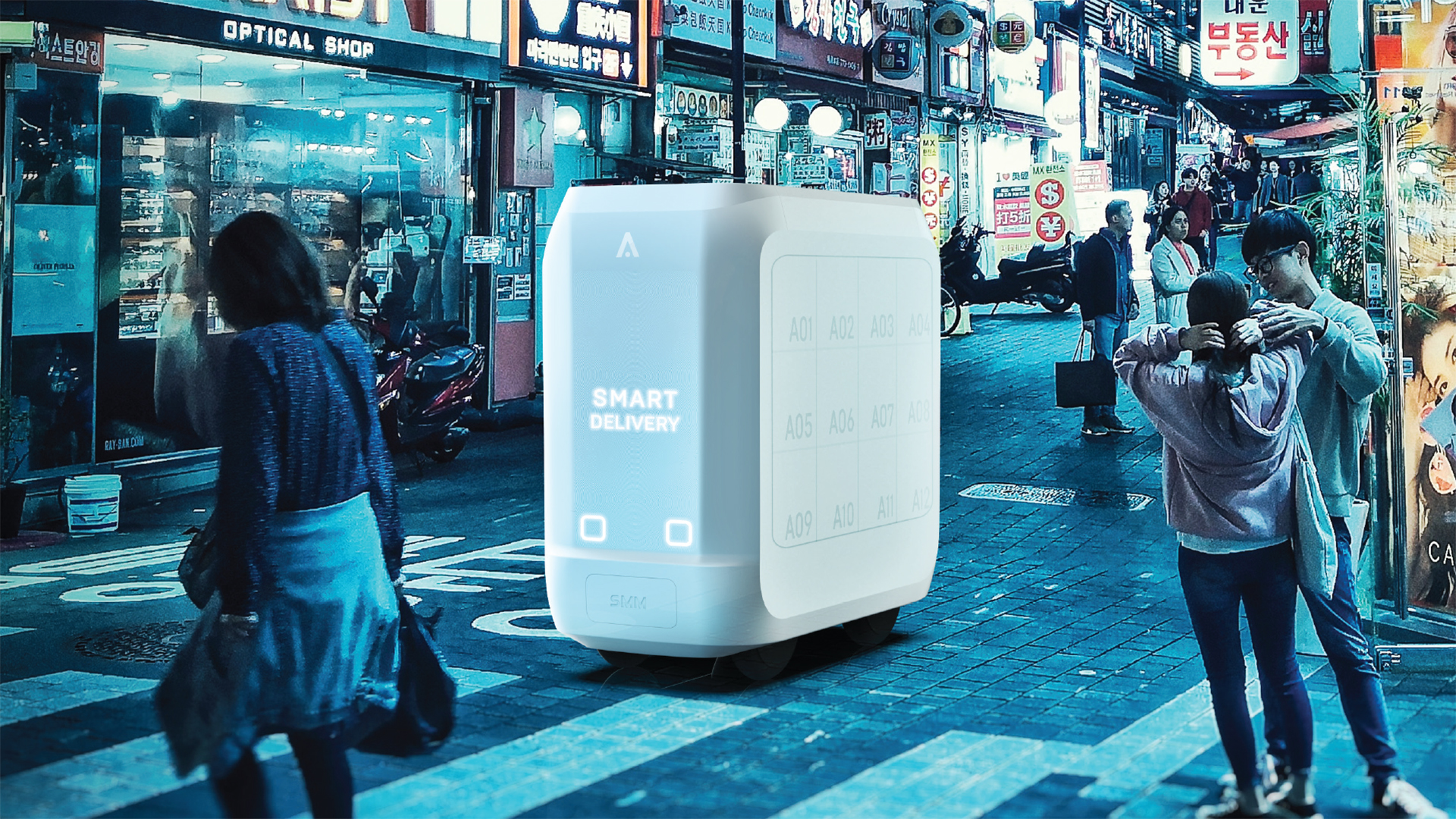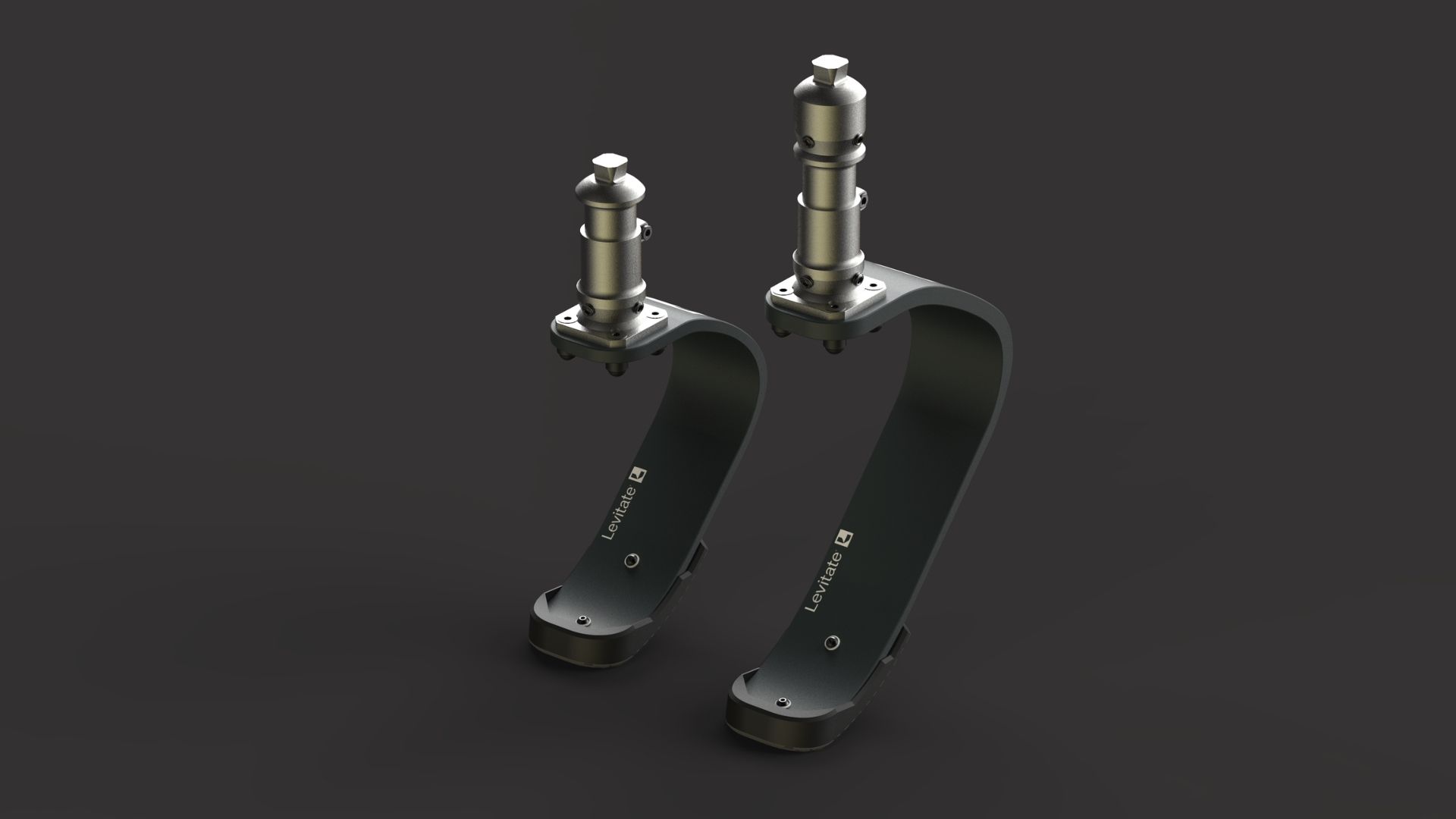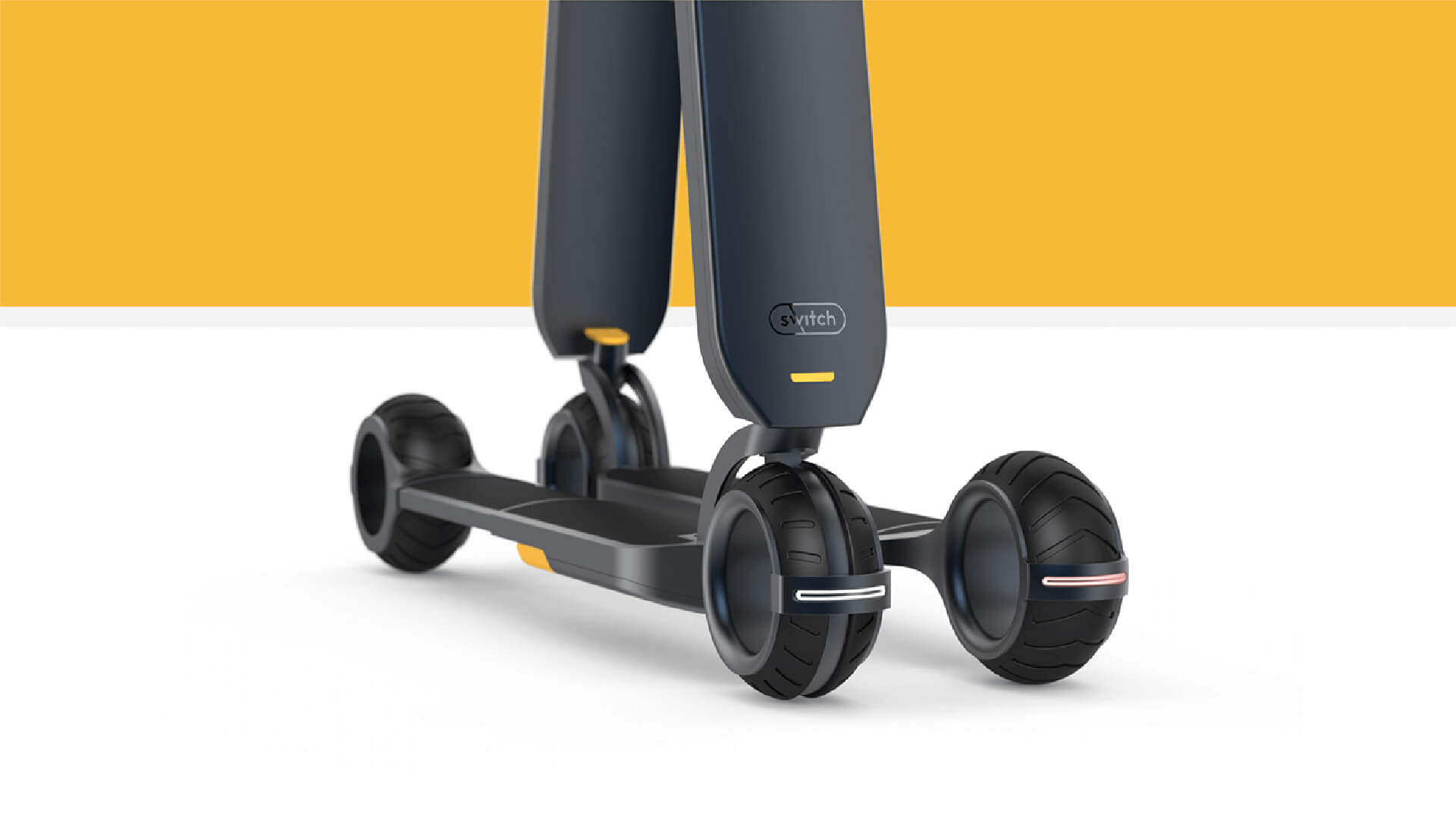Urban, ethical and design effects of a driverless car
This new technology will impact car design but also urbanistic, service and even our notions of ownership
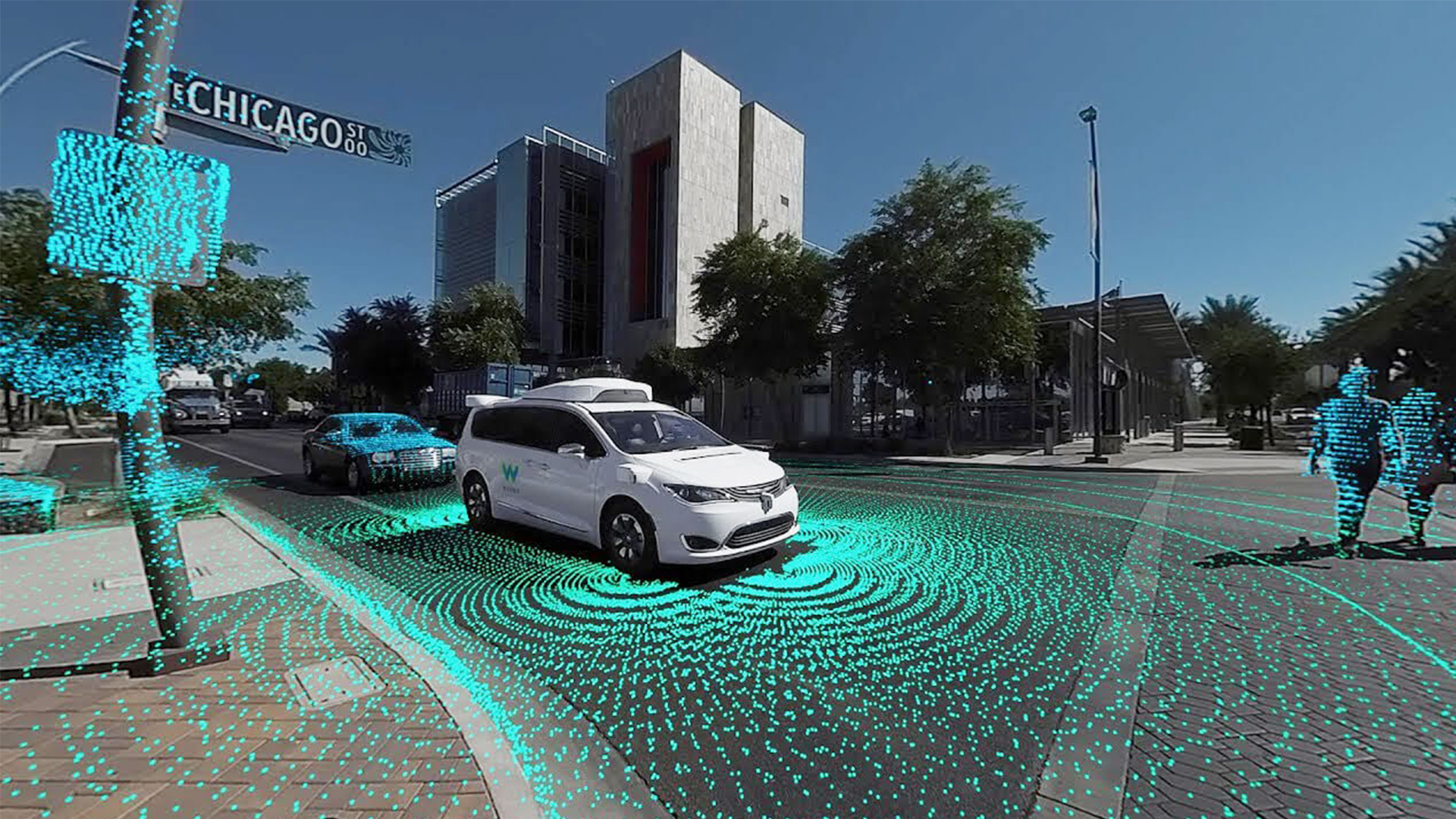
Driverless cars are no longer a vision of the future. Waymo and other enterprises are bringing self-driving taxi services to life. Waymo is an autonomous transportation tech company bringing the first self-driving taxi service to the world.
It’s not hard to imagine a close future scenario where driverless car design and similar transportation vehicles become the standard. The implications of this type of development go beyond the technology or the design of the vehicles.
When we won’t need to own and park our own cars we will no longer need our traditional parking spots, liberating a great amount of city space.
Around 40% of urban areas are used for parking lots.
If services like Waymo replace the majority of personal transportation, this surprising amount of wasted urban space can become an opportunity for designers, architects and urban planners to drastically change the aspect and quality of our streets.
Waymo and the sharing economy
Waymo and other similar types of services define a new economy: a sharing, and an on-demand economy, certain to change our public space, our relationship with it, products and services.

Humanity developed and perfected a system of manufacturing that supplied an ever-increasing number of goods. This economic structure provided the opportunity of ownership for nearly everyone, developing a culture of conspicuous consumption where property is intrinsically related to social status.
This economy made consumers buy a lot of products that are not used often, accumulating unused assets, meaning a very low utility efficiency such as the car which usually stays parked over 95 percent of its product life.
At the end of the 20th and beginning of the 21st century, people realized although profitable, this system is terrible unsustainable and has led us into the biggest threat and challenge modern human civilization has ever faced.
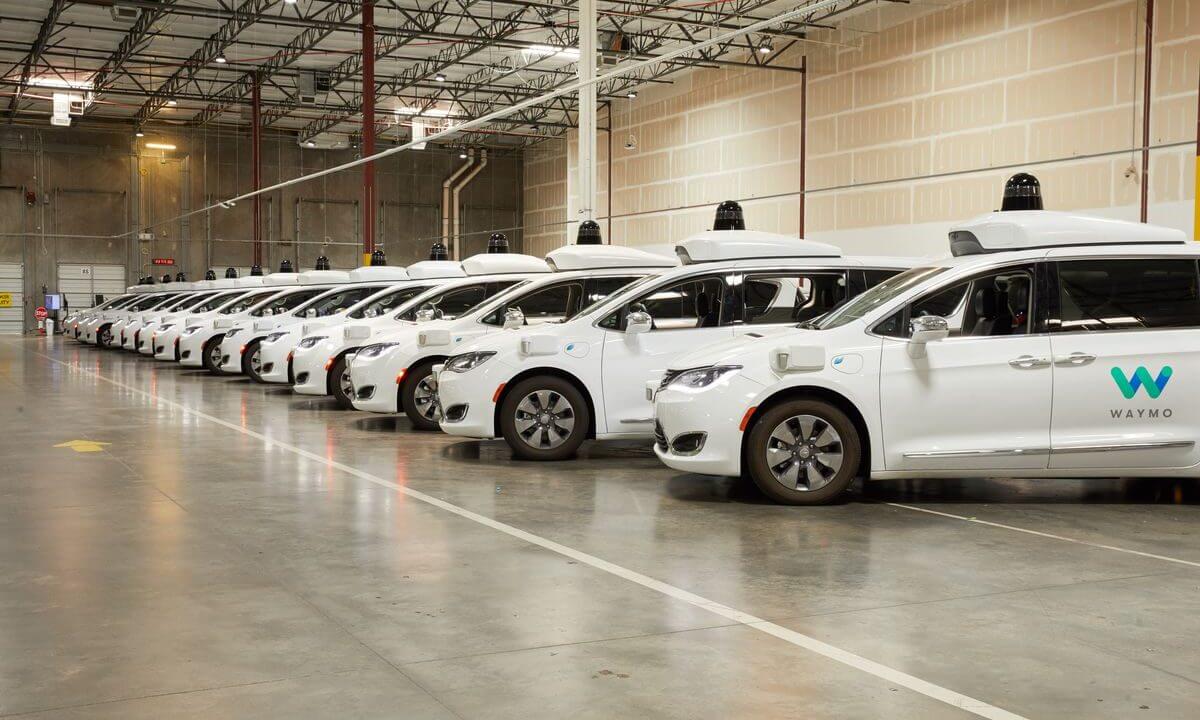
Today radical paradigm shifts are taking place in every facet of our society including the notions of individual ownership. Due to diverse reasons including upfront cost and maintenance, on-demand services are currently replacing various products such as tools, transportation methods, and many others.
Changing the type of products and services will consequently change the aesthetics and the planning of our society into something rather new. This shift in how the citie look will be notably visible with the emergence of shared driverless car designs such as Waymo’s.

Last but not least, driverless car design and autonomous vehicles such as Waymo, Renault EZ concept, and other similar vehicles had to be designed differently.
The design for this new type of mobility not only needs to be able to integrate the technology required, changing the exterior look of the vehicle but also needs to integrate the variety of users and how they use this new type of service, providing countless design opportunities for designers to explore.
The prodigious and respected transportation design field is to witness one of its biggest changes in order to adapt to a driverless future.






